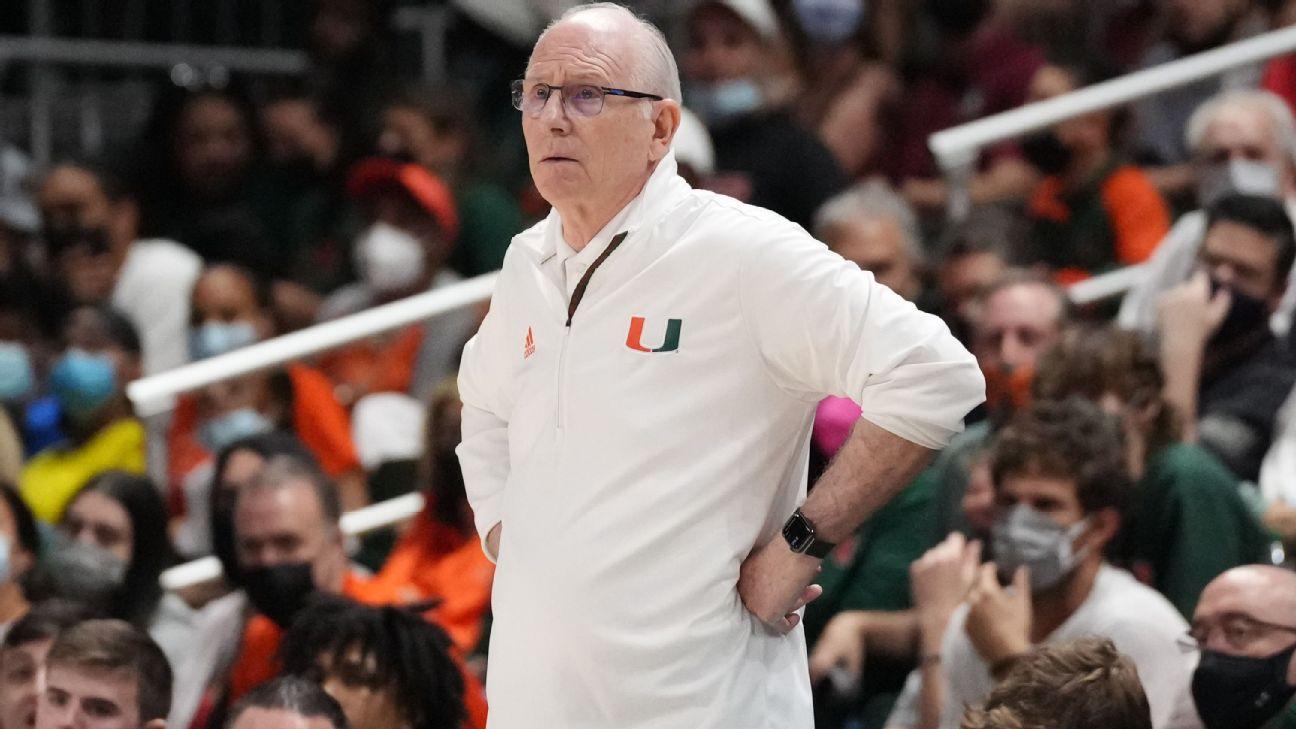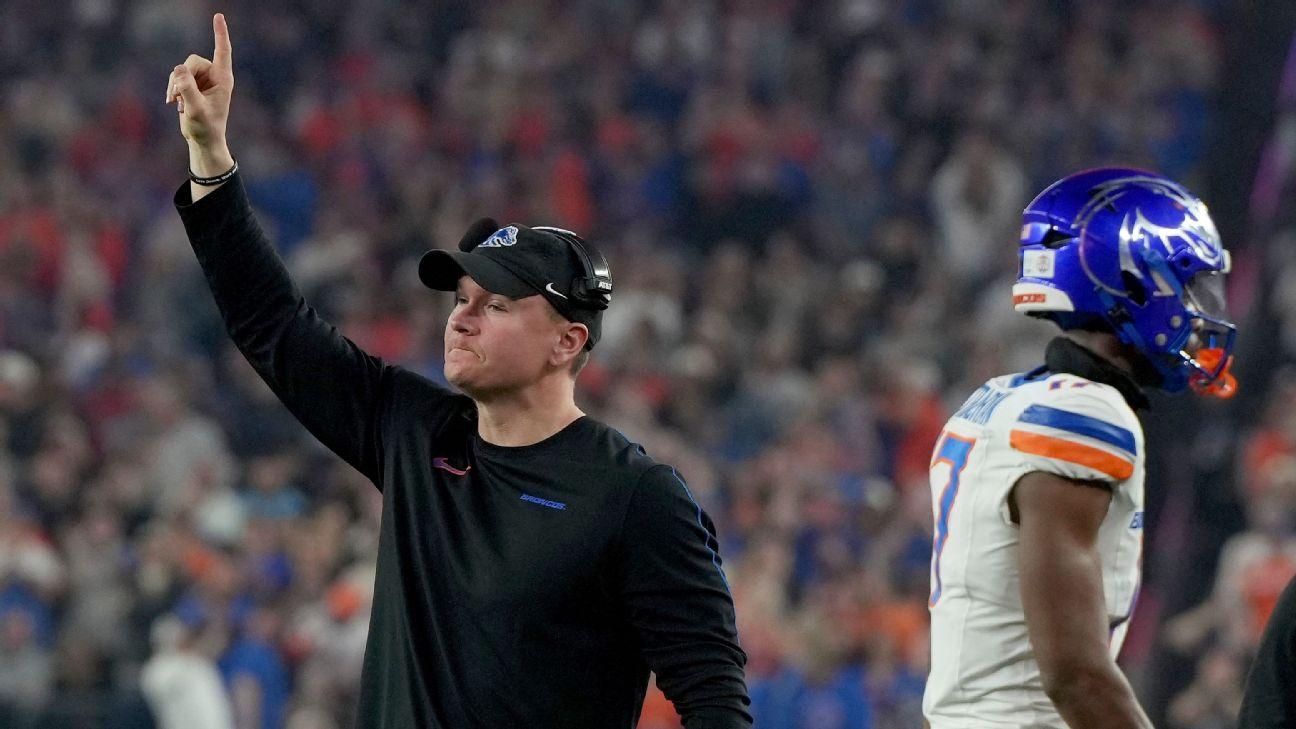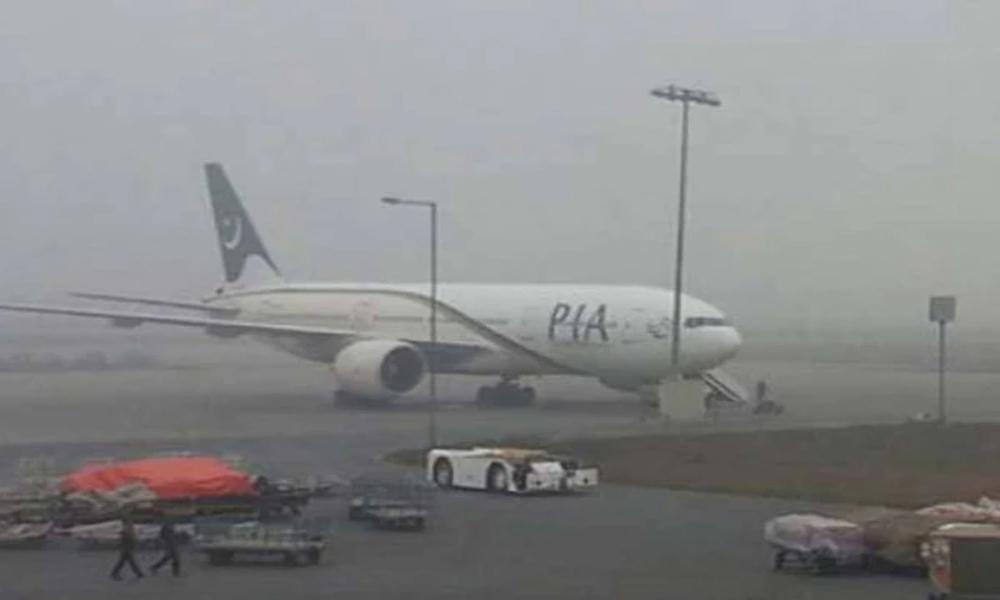The yellow school bus is in trouble
Last year, Trisha’s morning commute was simple. She’d walk a few steps outside her door, wait with the other kids from her neighborhood, and then hop on the yellow bus that took them all to school. Trisha, now 11 and in sixth grade, enjoyed the ride to her s…

Published 3 months ago on Sep 28th 2024, 4:00 pm
By Web Desk

Last year, Trisha’s morning commute was simple. She’d walk a few steps outside her door, wait with the other kids from her neighborhood, and then hop on the yellow bus that took them all to school. Trisha, now 11 and in sixth grade, enjoyed the ride to her school outside Houston, Texas. “I really liked how you could talk to your friends, and it was very easy getting to the bus because it was so close by,” she told me. This year, because of budget cuts, her school district no longer provides bus service to students who live within two miles of their school. For Trisha, who lives 1.9 miles away, walking an hour by herself each way — in a place where temperatures topped 100 degrees the first week of school — wasn’t an option. Now, she has a long wait in the sun every afternoon as her parents slowly inch through an interminable line of cars to pick her up. “It’s just a mess,” Trisha said. Her experience is part of a growing trend: the yellow school bus is becoming an endangered species as districts cut routes and more families drive their kids to school. In 2022, for the first time ever, the majority of American students got to school in a private car. In Chicago, bus service to magnet schools was canceled just before the 2023-24 school year began. And in Louisville, Kentucky, this year, students recorded a song to protest the disappearance of their bus routes. The erosion of school bus service is causing problems for parents, who have to spend hours of their workdays idling in dropoff lines — an especially difficult task for lower-income parents who are less likely to have flexible schedules or access to remote work. It might be even worse for children. Bus problems are contributing to absenteeism, experts say, as some kids literally can’t make it to school. The long lines of cars envelop schools in dangerous pollution, posing a risk to student health and even potentially lowering test scores. And the loss of the bus is changing the school experience for a generation of kids, many of whom will miss out on what some say is an important (if at times chaotic) rite of passage. The bus ride isn’t just a mode of transportation, it’s also a social and emotional education, Daniele Roberts, a long-time bus driver in Gwinnett County, Georgia, told me. Kids learn how to wait in line, how to be aware of their neighbors, and how to extend a little grace and forgiveness if, for example, the bus is a few minutes late. “I always think of it as a civics lesson on wheels,” Roberts said. The decline of the bus hurts all kids The first school “buses” were horse-drawn carriages, mobilized in the late 19th century to get far-flung rural children to newly state-mandated schools. Motorized buses followed by the 1910s, and in 1937, a group at a bus-improvement conference settled on what’s now called National School Bus Glossy Yellow as the standardized color for the vehicles. Today, more than 25 million students ride a bus to school every year. Suburban schools have gotten bigger and farther apart, making bus transportation a necessity for more students, as Kendra Hurley writes in the Atlantic. Students who attend magnet schools outside their neighborhoods, or need special education services, also often use buses. But in the last few years, America’s school bus system has been crumbling. Districts around the country have faced driver shortages in recent years, caused in part by low pay; they make an average of $20 an hour for difficult work. Out-of-control kids screeching in your ears can be not just distracting but downright dangerous when you’re trying to handle a 35,000-pound vehicle, Roberts points out. Driver shortages combined with district budget cuts have led to worse service, which has led to a decline in ridership, Slate’s Henry Grabar writes. The situation was exacerbated by the pandemic. And falling ridership, in turn, has led school districts to cut service even further. For Trisha’s dad, Arun Aravindakshan, losing bus service means spending a full hour, several times a week, waiting in his car outside his daughter’s school. “We are all working parents,” he said. “For us to find time to do this in the middle of the workday is very difficult.” While walking or biking to school used to be more common, it’s no longer a viable alternative for many kids. Many of the roads around Trisha’s school have no sidewalks, because they were never designed with a walk to school in mind, Aravindakshan said, a common problem in suburban areas. Getting to school without a bus is especially difficult for low-income students, whose parents are less likely to be able to drive them during the workday. These students are also more likely to be chronically absent from school, and some experts think declining bus service might be part of the reason why. “If we’re concerned about absenteeism — which we are — we’re literally getting rid of something whose job is to take kids to school,” economist Michael Gottfried told the Washington Post. The bus, meanwhile, is also a social and educational experience of its own, where students spend time with kids from a variety of grades and classrooms, whom they might not see during the school day. The experience isn’t always positive. Videos of fights on school buses have gone viral in recent years. Reader Teresa Bjork told me in an email that on her bus growing up, “there was an older boy who harassed me to get my attention — he would kick me, snap my bra straps (which boys loved to do back then), call me sexually explicit names. It was awful.” But a skilled driver can do a lot to influence the bus environment, says Roberts, who has been driving for 16 years. “If you’ve got a good driver, you learn how to be a good rider.” Some are working to bring buses back Buses are also an important part of American educational history. In the 1970s and ’80s, courts around the country prescribed them as a way to integrate schools, transporting Black children to schools in majority-white neighborhoods and sometimes vice versa. Busing, as it came to be called, faced intense racist backlash, said Zebulon Miletsky, a professor of Africana Studies at Stony Brook University and the author of Before Busing: A History of Boston’s Long Black Freedom Struggle. But Nikole Hannah-Jones and others have argued that the policy was actually highly successful in the South, ensuring that Black children in the region had access to racially integrated classrooms and the resources concentrated in predominantly white schools. And for some, the school bus remains a symbol of efforts to combat school segregation and of the bravery of Black students who were at the forefront of those efforts. Today, nonprofits across the country are working to improve school bus service, and to make its benefits available to underserved students. In New York City, for example, NYC School Bus Umbrella Services is using GPS to allow parents to track their kids’ bus rides, and electric buses to reduce pollution and provide families with a tangible example of the fight against climate change, said Matt Berlin, the nonprofit’s CEO. In Los Angeles, the group Move LA is giving students transit passes so they can ride the city buses. Trisha’s parents, meanwhile, got together with several other families in the neighborhood to arrange a carpool. They made a schedule taking all the parents’ work obligations into account, and a group chat to talk through any changes. For now, it’s working, Aravindakshan said, but he worries about other families, like the parents across the street who have four kids in three different schools. Kids, too, are feeling the stress that life without the bus is putting on their families. “It’s a lot of extra work for both the parents and the kids,” Trisha said. “It’s just really hard for everyone.”
Advertisement
Five killed, 1 wounded in shooting in Peshawar’s Tehkal: police
- 12 hours ago

Cybertruck explosion investigation identifies the driver and tracks its path to Las Vegas
- 43 minutes ago

Samsung bets big on OLED and gaming with its 2025 monitor lineup
- 43 minutes ago
Rickelton double ton takes S Africa to 429-5 v Pakistan
- 11 hours ago
Blast leaves four killed, 35 injured Blaochistan's Turbat
- 9 hours ago

That Elon Musk ‘Adrian Dittmann’ screenshot is almost certainly fake
- 43 minutes ago
You May Like
Trending















